Mastering Ecommerce Customer Experience
Anyone with an eCommerce site must pay attention to various factors, including the customer experience. The better experience you deliver, the more likely you are to have repeat customers and gain new ones via referral.
In this article, we take a closer look at the eCommerce customer experience, including best practices, which is the first step towards optimizing that experience and reaping the rewards.
Table Of Contents
- What Is Ecommerce Customer Experience?
- Why Is Ecommerce Customer Experience Essential?
- 14 Best Practices On How Ecommerce Stores Can Create A Memorable Customer Experience
- 1. Understand Your Customers And Their Needs
- 2. Organize Your Website To Make Navigation Easy
- 3. Incorporate An Effective Site Search
- 4. Incorporate Searchandising Into Your Site Search
- 5. Incorporate Faceted Search Into Your Site Search
- 6. Make The Website Mobile-Friendly
- 7. Hone Your Product Pages
- 8. Encourage And Display Reviews
- 9. Streamline Checking Out
- 10. Offer The Shipping Options Customers Want
- 11. Follow Up After The Purchase
- 12. Include Personalization
- 13. Appeal To All Stages Of The Customer Journey
- 14. Have Customer Support On Hand
- Final Words On Ecommerce Customer Experience
What Is Ecommerce Customer Experience?
The eCommerce customer experience refers to the overall experience that your customers have as they shop on your website. Think of it as the digital version of any other customer shopping experience. For most shoppers, the ease of shopping and the speed of the website are significant factors. Personalization also plays an important role in the eCommerce experience. Basically, a good eCommerce customer experience correlates with satisfied customers who are likely to return.
Why Is Ecommerce Customer Experience Essential?
Data shows that companies that excel in delivering a great eCommerce customer experience grow faster than other companies.
To show how important the customer shopping experience is, consider that 40% of shoppers are willing to pay to improve their shopping experience. That same report from Forrester also found that 40% of shoppers would not return to an online business if they had a poor experience.
One of the most important reasons to consider the eCommerce experience essential is for customer loyalty and retention. Those figures from Forrester show that customers are more likely to be loyal to a brand if they have a positive experience while shopping. This is very important as the success rate when selling to repeat customers can be several times as high as when selling to new customers.
40% of customers are willing to pay to improve their shopping experience. (Source: Forrester)
That increase in loyalty and customer retention also leads to an improved lifetime value for your customers. On top of that, loyal customers are more likely to recommend your brand to others, delivering free promotion via word of mouth.
The Pandemic Enhanced The Importance Of Ecommerce Customer Experience
While the eCommerce customer experience has always been of the essence, the pandemic has increased its importance. This comes from the massive rise in eCommerce transactions as people have been unable to go shopping in brick-and-mortar stores.
More recent data shows that as many as 80% of shoppers will instantly leave the eCommerce page if an online store doesn’t have clear product information, good website navigation, and relevant search results.
Combine that figure with the fact that customers have high expectations for their eCommerce experience, thanks to modern technologies.
14 Best Practices On How Ecommerce Stores Can Create A Memorable Customer Experience
Once you understand the importance of the eCommerce customer experience, you need to determine how to deliver the best online shopping experience. To help with this process, we gathered the best practices for how eCommerce stores can create a memorable customer experience.
1. Understand Your Customers And Their Needs
One of the best methods of ensuring a positive eCommerce customer experience is to take the time to understand your customers. By understanding your customers and their needs, you can ensure that you deliver what they want from a visit to your website and provide a good experience.
There are several ways that you can work to understand your customers. One is to request or encourage feedback and pay attention to what customers have to say. You can also use your marketing metrics to see how your customers and potential customers react to various types of ads or content.
Once you know what your customers prefer, you can use that knowledge to ensure you meet the demand. For example, maybe you notice that customers respond best to ads with a more casual tone. You could then incorporate that tone into your website to improve the eCommerce customer experience.
2. Organize Your Website To Make Navigation Easy
The fact that customers want their shopping experience to be “easy” cannot be emphasized enough. Part of delivering an “easy” eCommerce customer experience is ensuring that they can find your products with ease, as well as information about your company. There should be clear navigation on your website to let customers find your products, contact information, or shipping policy.
This organization is particularly important when it comes to products, as you want shoppers to find their desired items quickly and without a hassle.
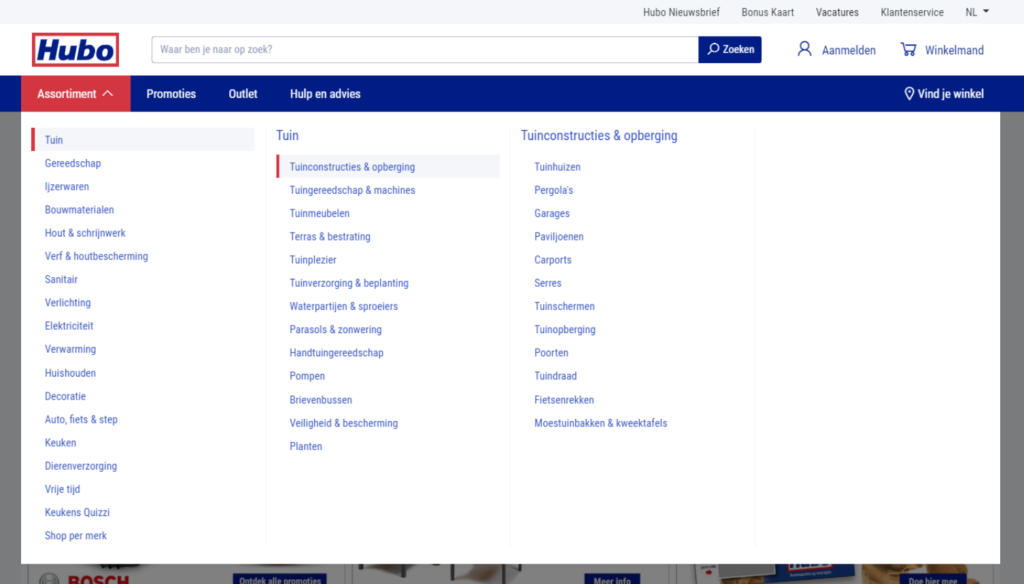
One of the biggest elements of this type of organization is to categorize your products in a way that makes sense for your inventory. For example, if you sell clothes, you may want to divide them into categories such as casual, work, and formal. If your inventory is mostly casual clothes, you may want to organize them by blouses, bottoms, etc.
When figuring out how to categorize your products, think back to your customers and what they want. Consider how they browse or search on your website and what their goals are to decide on the best organization. That way, you can maximize their eCommerce customer experience.
Ideally, you will have enough categorization to let customers browse your website and narrow down their options to only show what fits their needs. As an example, maybe customers would click on the categories of Clothing, Casual, Tops, and Short-Sleeve Shirts in that order. Adding more categories or filters for aspects like brand or color is also helpful.
3. Incorporate An Effective Site Search
As mentioned, the ability to easily navigate the website is an important component of the eCommerce customer experience. In addition to having a clear navigation menu and logical product categories, a site search is a critical feature.
Customers have come to expect websites to offer a site search as this makes it easier for them to find the specific product or category they are searching for. Essentially, using an effective site search ensures that your customers can find the products they want quickly without any major challenges.
To show the importance of site search and the customer experience, consider that 30% of visitors use this feature. Perhaps more importantly for your bottom line, those shoppers who use the site search are five or six times as likely to make a purchase. Given that the primary goal of a positive eCommerce customer experience is to gain and retain customers, that is a crucial figure.
Shoppers who use the site search are 5-6 times as likely to make a purchase. (Source: SearchNode)
Remember that an effective site search will incorporate features such as autosuggest, distinguishing between synonyms, an AI assistant, and optimization for mobile search.
4. Incorporate Searchandising Into Your Site Search
Those who are not as familiar with site search may mistakenly believe that having a site search on their page is enough to assist with the eCommerce customer journey and overall experience. However, there are also specific elements of site search that will enhance the eCommerce customer experience.
Searchandising is one of these, and it combines search with merchandising. Merchandising refers to when stores add discounts and promotions to products that are struggling to sell to make them more appealing to customers.
Searchandising refers to customizing the results on your eCommerce site search. This type of customization can ensure relevance to clients in addition to letting you highlight specific products. Those products may be trending or seasonal, they may be products you are struggling to sell, or they may be related but help boost your profit margins.
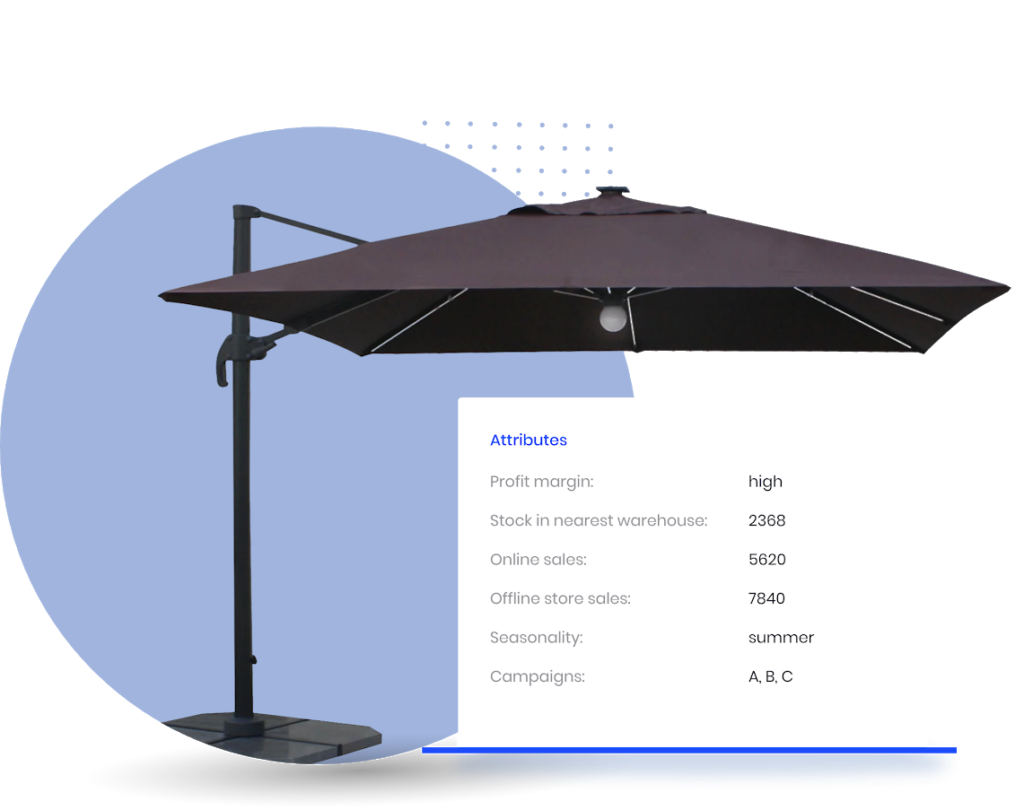
Think of incorporating searchandising as providing your customers with relevant search results that focus on the products you want them to purchase instead of just showing all of the relevant products. It is commonly used to show products with higher profit margins or those that you have too much stock. This technique lets you optimize the eCommerce customer experience while also maximizing your profits.
Because of the various customization options available for searchandising, it is highly adaptable to your business goals, even as those goals change.
5. Incorporate Faceted Search Into Your Site Search
Faceted search is yet another element of site search that savvy companies incorporate to improve customer experience. It is sometimes called guided navigation and is a feature for filtering search results.
When you use faceted search instead of a non-faceted search, customers can refine their search results based on product attributes. The facets in a faceted search are attributes and grouped. You create them based on product data.
This type of search is vital to the eCommerce customer experience as it ensures that your products are easy to find. As we already mentioned, this is a priority for most customers.
Consider, for example, what would happen if a customer searches for a general product on your website, such as “hat,” only to see hundreds or thousands of options and no search filter. They will likely give up and look at a different website instead.
By contrast, if you have faceted search, they will see the vast selection as an opportunity, as they can use the attributes to refine their search and bring it down to a manageable number. In addition to narrowing the search, those attributes allow customers to only view the products that are relevant to their needs. This further prevents wasted time.
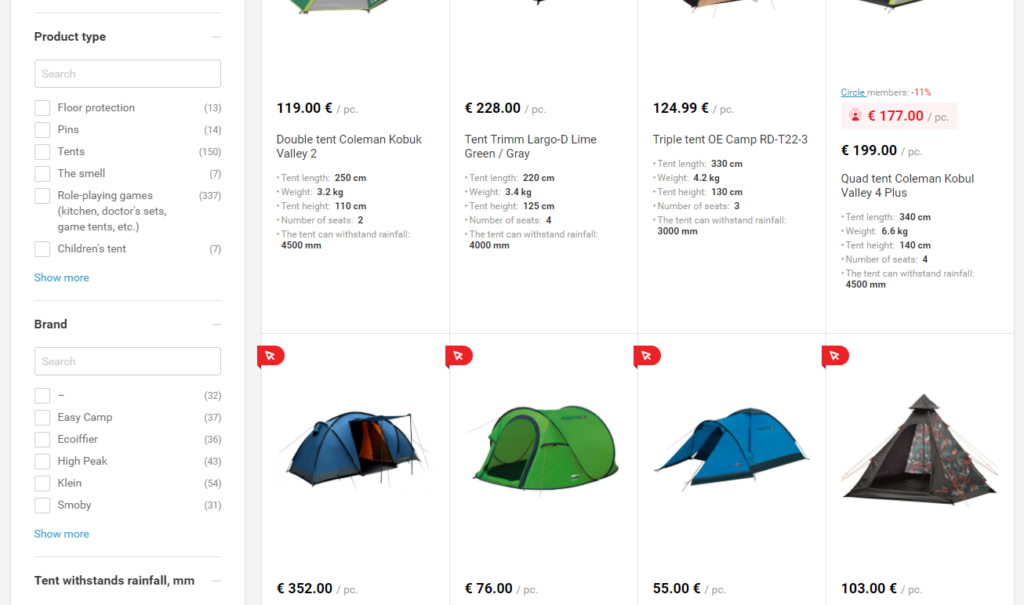
Facets Vs. Filters- There are some obvious similarities between facets and filters, as both let customers narrow down the products they view. The difference is that facets are more specific. While most filters will apply to products across your website, facets are product-specific.
More importantly, faceted search lets people use several filters at the same time. They also work better in situations when customers are unfamiliar with how you choose to arrange your product catalog, improving the eCommerce customer experience in a range of situations.
6. Make The Website Mobile-Friendly
No matter the type of products sold on your eCommerce platform, it is essential to make your website mobile-friendly. Website visitors should have a good customer shopping experience whether they visit your page on a desktop, a smartphone, or a tablet.
To put the importance of this aspect of the eCommerce customer experience in perspective, consider that 79% of people with smartphones have made at least one online purchase on their device.
79% of people with smartphones have made at least one online purchase on their device. (Source: Outer Box Design)
Failing to provide a good experience on mobile will reduce the positive effects of the experience you provide on desktop. Ensuring your website is mobile-friendly allows you to provide everyone with a good customer experience, regardless of their shopping method.
7. Hone Your Product Pages
The next step on the eCommerce customer journey after searching for or browsing products is to look at the product pages to get a better idea of whether a given item fits their needs. This page is a crucial part of the eCommerce customer experience. Unfortunately, Baymard Institute reports that 10% of eCommerce stores do not have enough information in their product descriptions to meet the needs of users.
Most importantly, you want to make sure that the page gives shoppers all of the information they need about the product in a well-organized manner. This also goes back to knowing your customers and thinking about what they want to know about a product.
For example, for a piece of clothing, they may want to know the colors, materials, brand, washing instructions, and sizing. For a smartphone, they may want to know the camera’s megapixels, the processor, the RAM, the size of the phone, and the operating system.
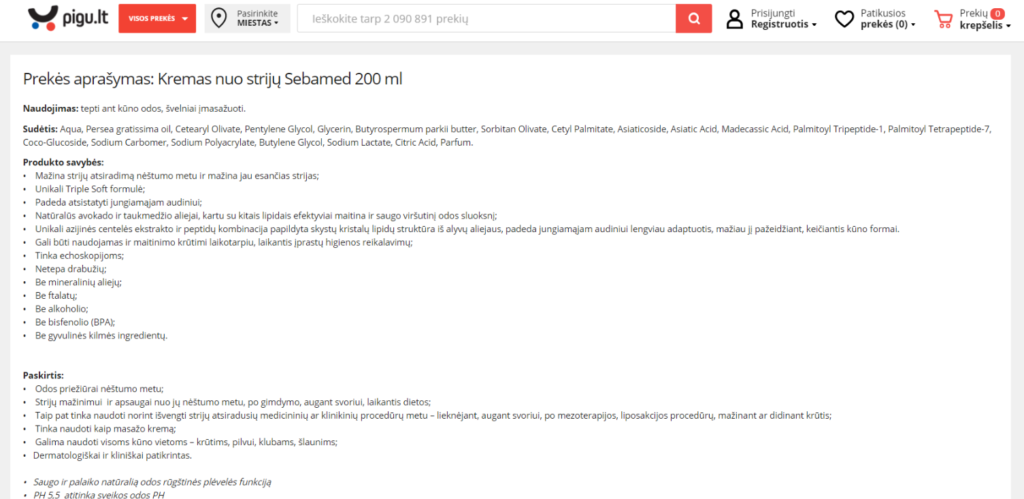
The key on the product page is to provide customers with enough information but not overwhelm them. Ensure you have the basics listed, as well as high-quality photos that show off the product from the relevant angles to deliver a good eCommerce customer experience.
If you fail to provide enough information on the product page, you risk customers leaving the page or even your website. They may even decide that your store does not provide enough information and never return.
Alternatively, they may make the wrong assumption about your product and purchase it only to find it does not fit their needs. This hurts their impression of the eCommerce experience and costs your company money as you will need to process a return.
You can also improve the eCommerce customer experience by making the product pages fun and lively. Instead of just words, incorporate images into it. Consider videos as well.
While adjusting the product pages, confirm that any size selection is offered via buttons instead of drop-down menus. Research from Baymard Institute found that users are more likely to miss the option to select sizes if there is a drop-down menu, especially on mobile devices.
8. Encourage And Display Reviews
Part of a good eCommerce customer experience is the ability for shoppers to increase their confidence in your products before purchasing. One of the most effective and useful tools for shoppers is reviews.
Simply put, shoppers feel that access to reviews is a crucial part of a positive shopping experience.
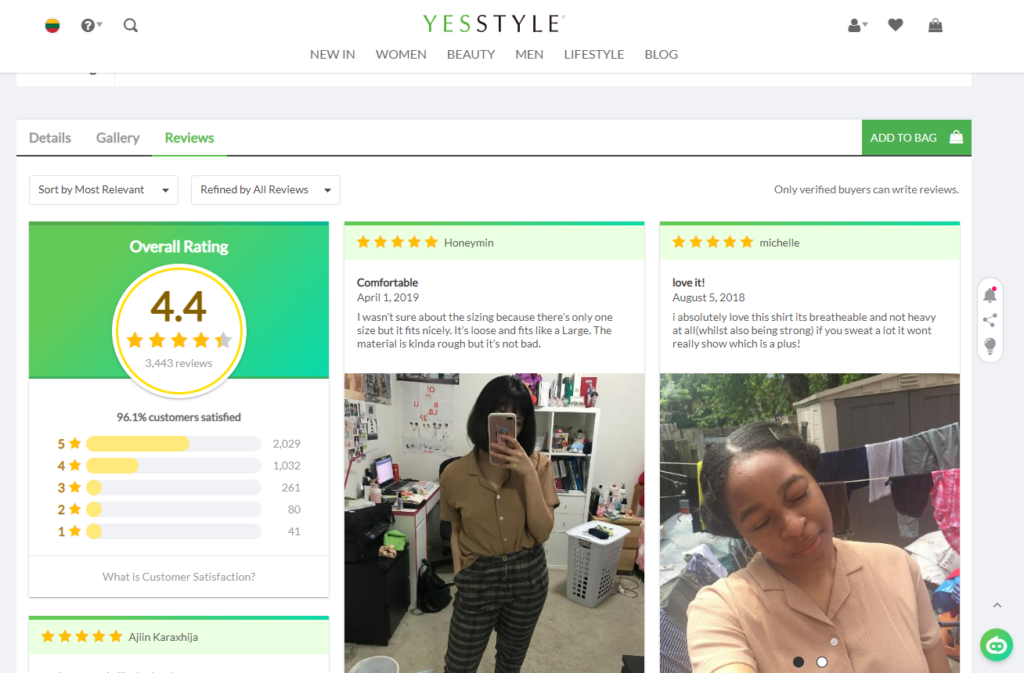
For businesses, this means that it is important to encourage past customers to leave reviews for their products. The reviews should be in an obvious location on the website, such as the product page. They should be well-organized and offer the option of detailed information via writing or a general idea at a glance. The latter of these is commonly done via a rating system out of five stars.
Businesses can put as much effort into gaining reviews as they want. At the very least, it is smart to send follow-up emails a few days or weeks after purchases asking to leave a review. Companies that want to push this aspect of the eCommerce customer experience may also want to give incentives for leaving a review, such as a discount on the next order.
9. Streamline Checking Out
Companies should not just pay attention to the eCommerce customer experience while people look for products. The process of purchasing the items is also very important. After all, if the process is hard to follow or takes too long, shoppers are likely to abandon their cart.
The ideal checkout process would only take a page, but it can take more than one page. In case of checkouts that require more than one page of information, provide a progress bar at the top of the page to indicate how many steps are left. This will reduce the risk of customers abandoning their carts.
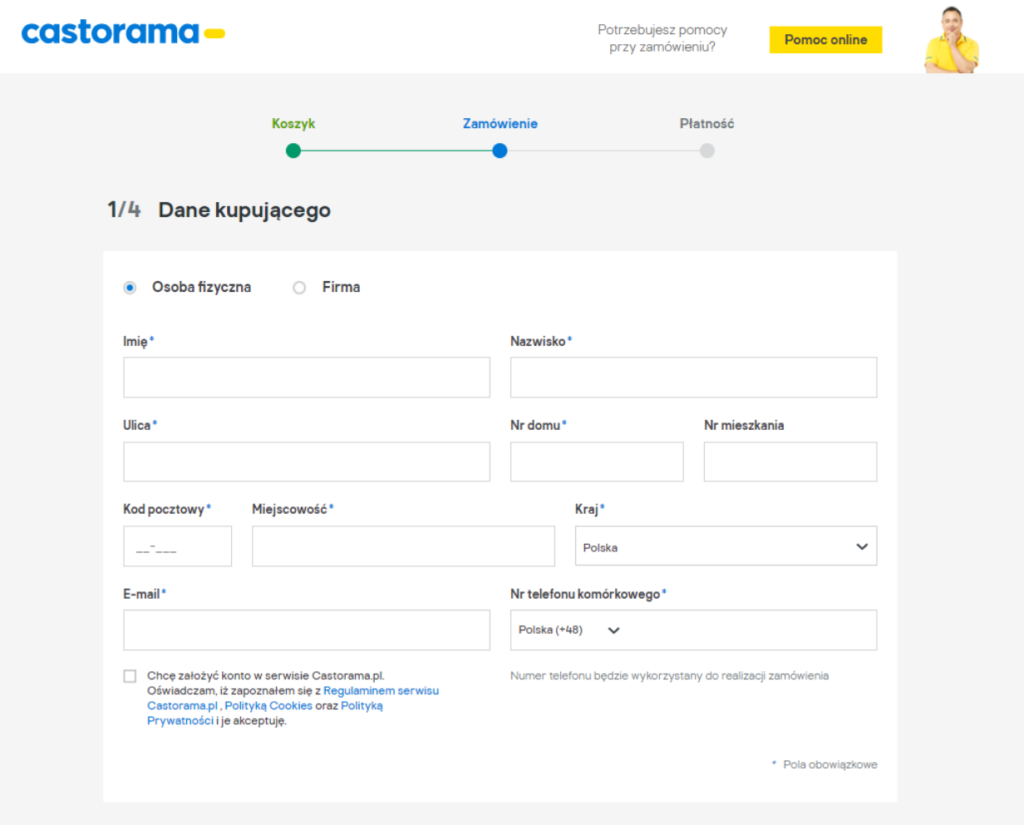
One of the priorities when designing the checkout process is to ensure that customers do not have to repeatedly enter the same information. Even something as simple as entering the same address for both shipping and billing can annoy customers and reduce the chances of them buying from you again. Overcome factors like this by offering an option to use the same address for both.
You can further streamline the checkout process and enhance the eCommerce customer experience by letting customers create an account without requiring it. Some people do not want to have to create yet another account just to buy something. On the other hand, some people prefer to create an account, as long as it prevents them from reentering their address, payment information, and more in the future. By offering both options, you can provide the best online shopping experience no matter which category a shopper falls into.
10. Offer The Shipping Options Customers Want
When shopping in a store, customers receive their items right away. However, shopping online requires them to wait for delivery. As online shopping has become more popular, more people want faster shipping options, even if they have to pay extra to get them.
As such, make it a point to offer your customers the shipping options that they prefer. It is fine to offer a slightly longer wait with standard shipping, but supplement this with a quicker option for an upcharge. If you can, you should offer quick shipping without any extra fees.
11. Follow Up After The Purchase
Do not neglect the portion of the eCommerce customer experience that takes place after buying a product. Customers want to receive a confirmation email, as this is now expected and provides peace of mind that the order went through.
Customers expect to receive other update emails as well, including when the product ships. Ideally, you will also provide the customers with tracking information in the shipping confirmation email.
As you create the emails, remember to personalize them and make them as clear and well-organized as possible.
12. Include Personalization
Incorporating an element of personalization can also help improve the customer shopping experience. Delivering a personalized experience can increase the positive perceptions of your brand in as many as 88% of customers.
Some of this may occur off your website, such as addressing emails to the customer by name. Other aspects of personalization will be on your website itself. A common example of this type of eCommerce customer experience best practice would be suggesting products based on past purchases or what they look at while shopping.
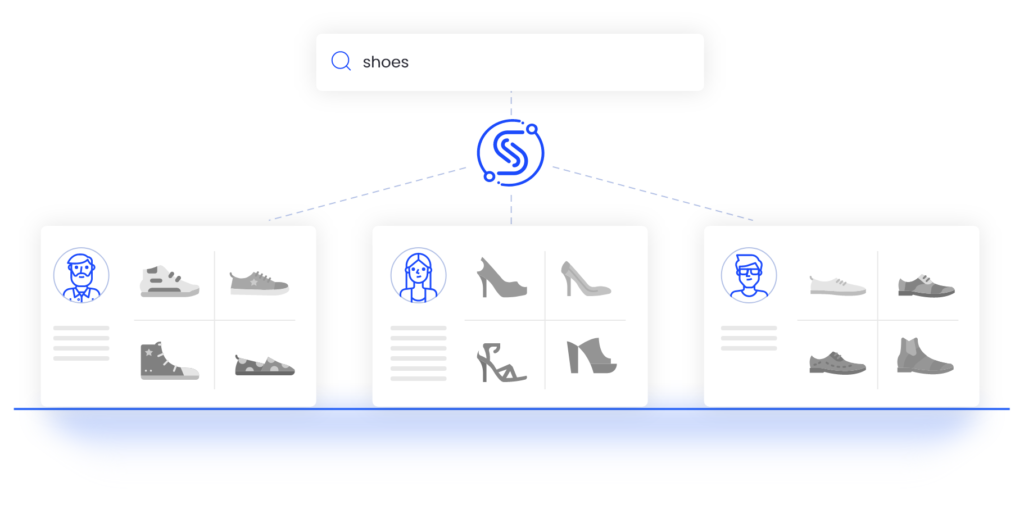
13. Appeal To All Stages Of The Customer Journey
The eCommerce customer experience describes more than just the shopper’s experience when they choose to buy a product. It also refers to earlier stages of the eCommerce customer journey, such as when they are researching products.
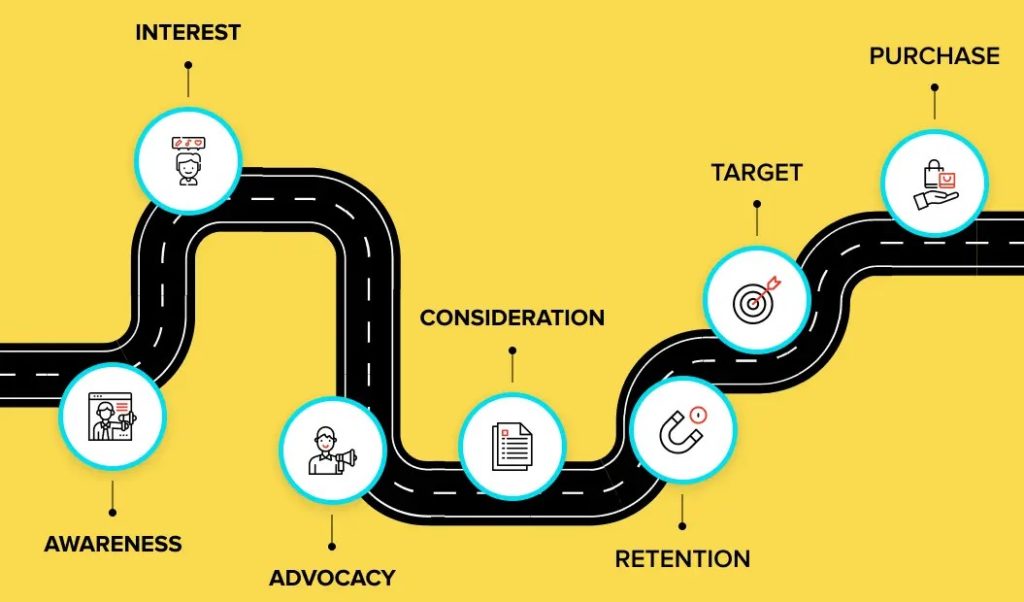
With this in mind, companies that want to provide the best online shopping experience will also provide informational content. The most common method of doing this is via a blog that includes articles that are relevant to shoppers. As a bonus, cre



